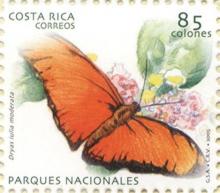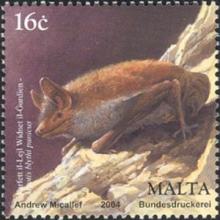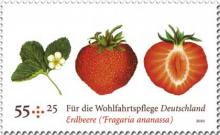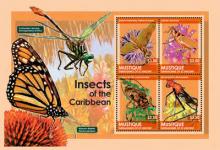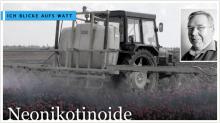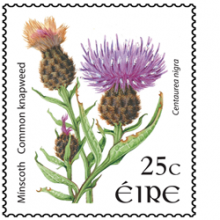30 wetenschappelijke studies in slechts 2 jaar bewijzen de oorzaak van de bijencrisis: neonicotinoiden
De Italiaanse Federatie van Bijenhouders Verenigingen heeft onlangs een beknopt overzicht samengesteld van de lawine aan wetenschappelijke studies van de laatste twee jaar die het causale verband tussen het gebruik van systemische insecticiden en de bijen crisis aantonen. Het ultieme bewijs voor de bepalende rol van het neonicotinoide insecticide imidacloprid bij de sinds enkele jaren sterk verhoogde bijenvolksterfte (tabel 5 in de bijlage) wordt geleverd met een wiskundige vergelijking, die het verband beschrijft tussen de blootstellingsconcentraties en blootstellingstijd totdat een dodelijke werking optreedt. Als je dus weet met hoeveel imidacloprid de nectar en het stuifmeel (dat was meegenomen naar de bijenkast) besmet waren, kun je uitrekenen na hoeveel tijd bijensterfte zal optreden. Dat bleek in het onderhavige geval binnen 14 dagen te zijn. Aangezien winterbijen een levensverwachting van enkele maanden hebben, betekent deze dodelijke werking dus gegarandeerd het einde van een bijenvolk.
Het bewijs werd geleverd door de Spaanse geleerde Francisco Sanchez-Bayo, die samen met zijn Japanse collega Kouichi Goka op 15 april 2012 een weerwoord op de literatuurstudie van Tjeerd Blacquiere c.s.. bij het tijdschrift Ecotoxicology had ingediend, dat echter op 2 augustus 2012 werd afgewezen door Lee R. Shugart, PhD, Editor-in-Chief van Ecotoxicology (terwijl twee van de drie reviewers van mening waren dat het manuscript - met geringe nader omschreven wijzigingen - geschikt was voor publicatie). In de literatuurstudie van Tjeerd Blacquiere et al. (Blacquière, T., Smagghe, G., van Gestel, C., Mommaerts, V., 2012. Neonicotinoids in bees: a review on concentrations, side-effects and risk assessment. Ecotoxicology 21, 973–992), die ook aan de Tweede Kamer is aangeboden, wordt vastgesteld dat de NOEL (no-observable-effect-level) voor imidacloprid bij 20 ppb ligt, maar het werk van Tennekes toont aan dat zelfs een 100-voudig geringere concentratie (0, 2 ppb) nog sterfte binnen de levensverwachting van honingbijen veroorzaakt. De risico's zijn dus schromelijk onderschat.
Desalniettemin lijken de meeste regelgevende instanties tot nu toe niet bereid om deze ongemakkelijke waarheid te accepteren. De neonicotinoïden zijn nog steeds in meer dan 100 landen toegelaten op meer dan 140 gewassen en daarnaast in het landschapsbeheer, de bosbouw, in tuinen, op sportvelden, en voor ongediertebestrijding bij huisdieren. De neonicotinoïden zijn moeilijk afbreekbaar en mobiel in de bodem en komen gemakkelijk in het grond- en oppervlaktewater terecht. Als gevolg daarvan verdwijnen insecten nu geruisloos over de hele wereld, hetgeen uiteindelijk de voedselketen zal breken en een einde zal maken aan het leven zoals wij het kennen. Dit rampscenario gaat ons allen aan.

